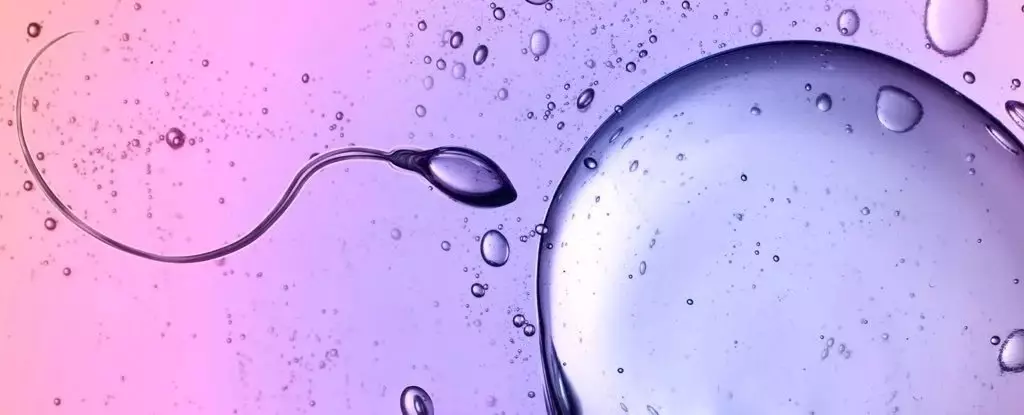In the realm of biological sciences, the complexities of microscopic organisms often resonate with philosophical inquiries about motion, force, and movement. A fascinating new study focuses on the dynamics of human sperm and unicellular algae, revealing that their ability to navigate dense fluids is an intriguing anomaly that challenges classical physics, particularly Newton’s third law of motion. Conducted by Kenta Ishimoto and a team at Kyoto University, this research paves the way for new insights not only into sperm motility but also into the orchestration of movement in various biological systems.
At its core, Newton’s third law posits that for every action, there exists an equal and opposite reaction. This principle has dominated physical inquiry for over three centuries, providing a framework for understanding interactions in macroscopic realms. Yet, this study indicates that the principles governing micro-scale organisms diverge from classical expectations. By examining how sperm and algae move, the researchers reveal that these biological entities engage in non-reciprocal interactions — a phenomenon where their motion does not conform to the expected equal action and reaction seen in larger, more traditionally studied systems.
The implications of these findings are profound. They signify that conventional understandings of force and motion, developed in the context of larger objects, fall short when applied to the fluid dynamics faced by tiny swimmers. The chaotic nature of biological systems, where variables are in constant flux and the impact of external forces is greatly diminished, raises questions about what other physical laws may be inapplicable at this microscopic scale.
Human sperm and the green algae Chlamydomonas deploy their flagella — long, whip-like appendages — to navigate through viscous mediums. When one anticipates movement in such challenging environments, the overwhelming tendency is to assume that significant energy is lost to friction and resistance, resulting in reduced mobility. Yet, Ishimoto’s research finds that the sperm and algae exhibit a remarkable ability to propel themselves efficiently, seemingly defying this expectation.
Central to this propulsion is the concept of ‘odd elasticity’ observed in the flagella. This property allows these cellular appendages to generate motion while minimizing energy dissipation. Interestingly, this elasticity alone does not account for the observed performance; the researchers further define a novel term, ‘odd elastic modulus’, which describes the peculiar energy dynamics at play within the flagella’s material composition.
This exploration into the unique mechanical properties of flagella not only elucidates how these tiny organisms thrive in dense environments but also demonstrates how their internal structures and materials can generate movement in ways that traditional physics struggles to quantify.
The ramifications of this research extend beyond a mere academic exercise in understanding movement at a micro-level. The insights gained regarding non-reciprocal interactions and the novel elastic properties of biological flagella could inform the design of bio-inspired technology. For instance, engineers and scientists may harness these principles for the development of small, self-assembling robots that mimic living organisms’ efficient movement patterns.
Moreover, this study has potential applications in broader fields aimed at understanding collective behavior. The modeling techniques established here could enhance our comprehension of how simple organisms manage to coordinate and exhibit complex behaviors when interacting with their environment and each other.
While traditional laws of motion have served as the bedrock of classical mechanics, this recent investigation into human sperm and algae demonstrates that the microscopic world frequently defies these long-held assumptions. By bridging the gap between biology and physics, we stand on the cusp of new technologies and deeper understandings of the universe’s chaotic intricacies, suggesting that the pursuit of knowledge may still be guided by an incomplete picture of physical reality.


Leave a Reply